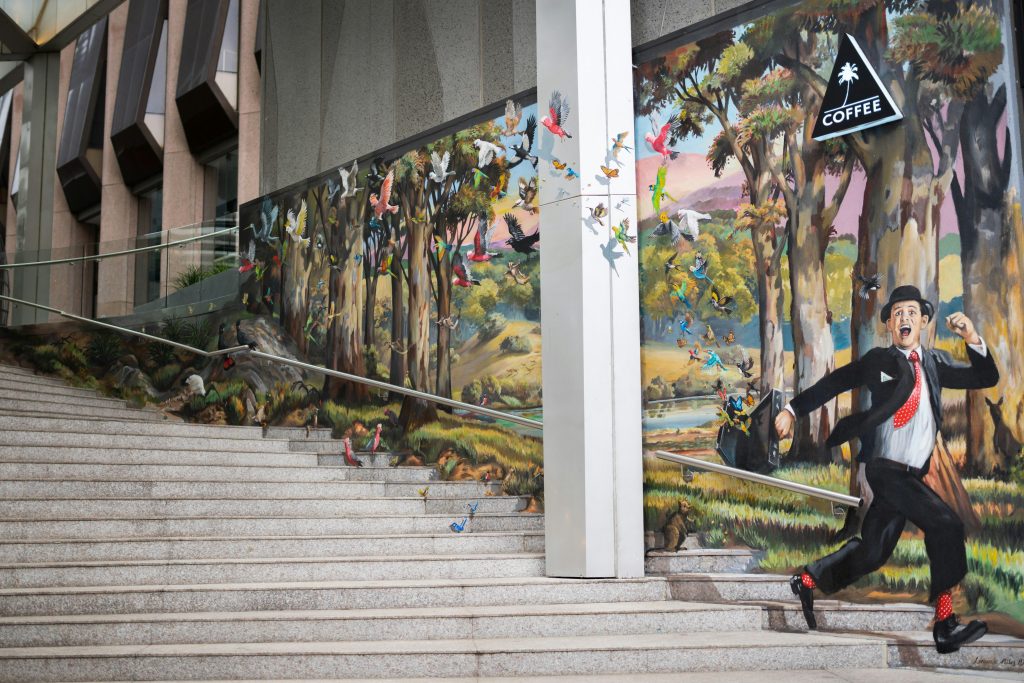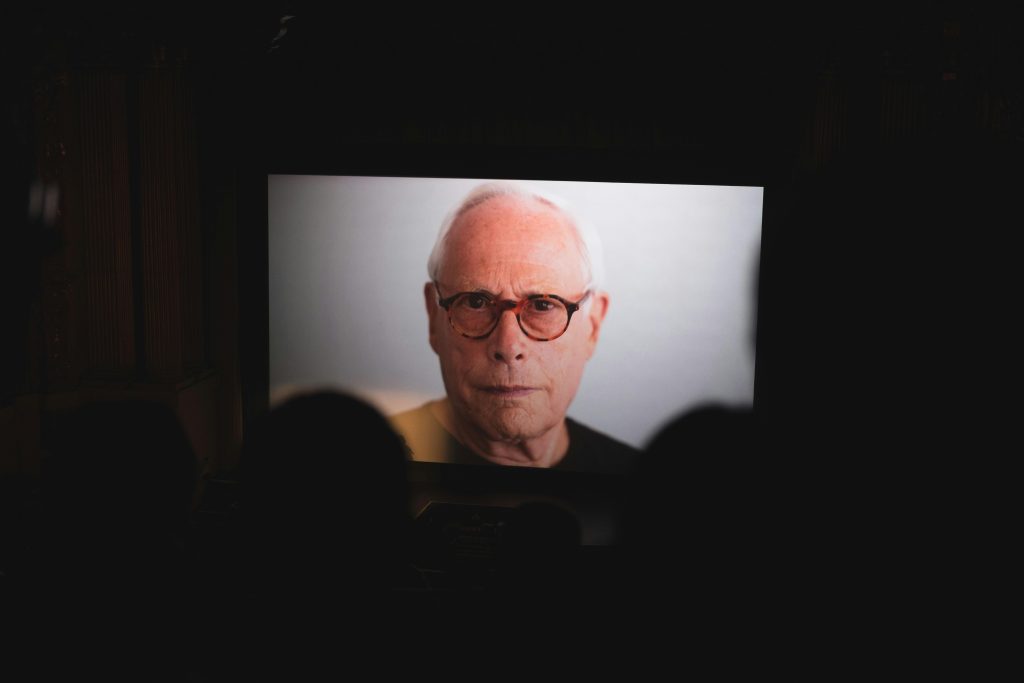In the annals of cinema, few films have etched their names as indelibly into the collective consciousness as “Paths of Glory,” Stanley Kubrick’s harrowing 1957 masterpiece. Set against the grim backdrop of World War I, this film transcends the traditional boundaries of storytelling, emerging as a searing indictment of the futility and inhumanity of war. Through its stark cinematography, compelling performances, and unflinching narrative, “Paths of Glory” challenges viewers to confront the moral complexities and human cost of conflict. As we delve into why this cinematic tour de force stands unparalleled in its anti-war message, we uncover the profound artistry and enduring relevance that continue to resonate with audiences around the world.
The Haunting Realism of Trench Warfare
In “Paths of Glory,” the depiction of trench warfare is both stark and unflinching, capturing the grim realities faced by soldiers during World War I. Director Stanley Kubrick masterfully immerses the audience in the claustrophobic and muddy confines of the trenches, where the line between life and death is perilously thin. The film’s attention to detail is striking, from the rats scurrying across the dirt floors to the endless barrage of artillery fire that echoes through the air. This relentless assault on the senses serves as a powerful reminder of the human cost of war, making the viewer feel the soldiers’ fear, desperation, and hopelessness.
Key elements that underscore the haunting realism include:
- The stark contrast between the opulent settings of the commanding officers and the squalid conditions of the front-line troops.
- The relentless soundscape of gunfire and explosions that permeates the film, creating an atmosphere of constant tension.
- The raw performances of the actors, who convey the emotional and psychological toll of war with haunting authenticity.

The Moral Complexity of Leadership and Obedience
The intricate dance between leadership and obedience takes center stage in Paths of Glory, offering a profound examination of moral complexity. This film delves deep into the ethical dilemmas faced by those in power and the individuals who follow their commands, often at great personal cost. Through its compelling narrative, the movie sheds light on how authority can be both a guiding force and a destructive one, leaving audiences questioning the true nature of leadership.
- Conflict of Duty and Morality: Leaders often face the challenge of balancing their duties with their moral compass, a theme poignantly explored in the film.
- Blind Obedience: The story critiques the dangers of following orders without question, illustrating the potential for catastrophic consequences.
- Human Cost: The characters’ struggles reveal the human cost of war, prompting viewers to reflect on the ethical implications of their actions.
By highlighting these themes, Paths of Glory not only critiques the war machine but also invites introspection on the nature of command and the responsibilities that come with it. The film’s powerful portrayal of these dynamics ensures its place as a poignant anti-war statement, urging a reevaluation of the roles of leader and follower in times of conflict.

Cinematic Techniques that Evoke Emotional Depth
In Paths of Glory, director Stanley Kubrick masterfully employs a variety of cinematic techniques to convey profound emotional depth, transforming the film into a visceral anti-war statement. One of the most striking methods is his use of contrasting visual compositions. The stark, claustrophobic trenches and the open, desolate battlefields are meticulously crafted to reflect the inner turmoil of the soldiers, highlighting their vulnerability amidst the chaos of war. The use of long tracking shots immerses the audience in the harsh reality of the battlefield, creating a sense of immediacy and intimacy with the characters’ experiences.
Kubrick’s strategic use of sound further amplifies the emotional intensity. The juxtaposition of silence and the cacophony of battle serves to underscore the tension and despair faced by the soldiers. Silence often punctuates moments of contemplation and dread, allowing the audience to absorb the gravity of the unfolding events. Moreover, the film’s meticulous attention to detail in set design and costume adds an authentic texture that enhances the emotional weight of the narrative. By focusing on the micro-expressions of the characters and the nuanced performances of the cast, Kubrick ensures that every frame resonates with emotional authenticity.
- Visual Compositions: Contrast between trenches and battlefields.
- Sound Design: Strategic use of silence and battle noise.
- Attention to Detail: Authentic set design and costumes.

Enduring Relevance in Contemporary Conflict Narratives
In the realm of cinematic storytelling, Paths of Glory continues to resonate with audiences, offering profound insights into the nature of warfare and the human condition. The film’s depiction of the relentless march of military bureaucracy and the stark realities faced by soldiers on the front lines creates a narrative that transcends its historical setting. Through its unflinching portrayal of injustice and the futility of war, it remains a poignant reminder of the timeless struggles inherent in armed conflict.
- Universal Themes: The film’s exploration of power dynamics, moral dilemmas, and the dehumanizing effects of war speaks to audiences across generations.
- Human Stories: By focusing on individual experiences within the broader context of war, it personalizes the cost of conflict.
- Visual Mastery: The stark, black-and-white cinematography captures the bleakness of the battlefield and the cold, impersonal nature of military hierarchy.
These elements combine to form a narrative that is as compelling today as it was upon its release, underscoring the enduring relevance of Paths of Glory in contemporary discussions about war and peace.









